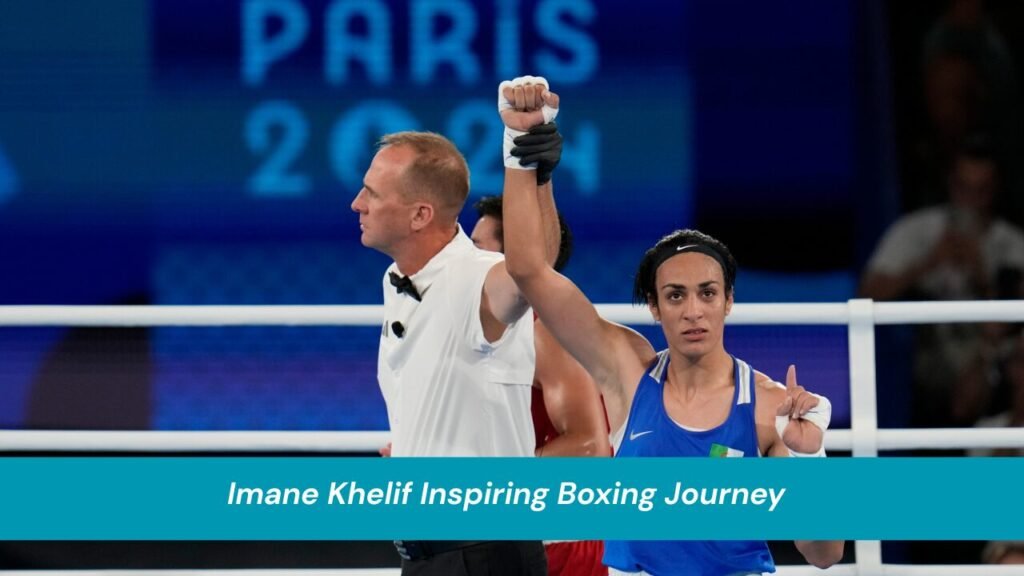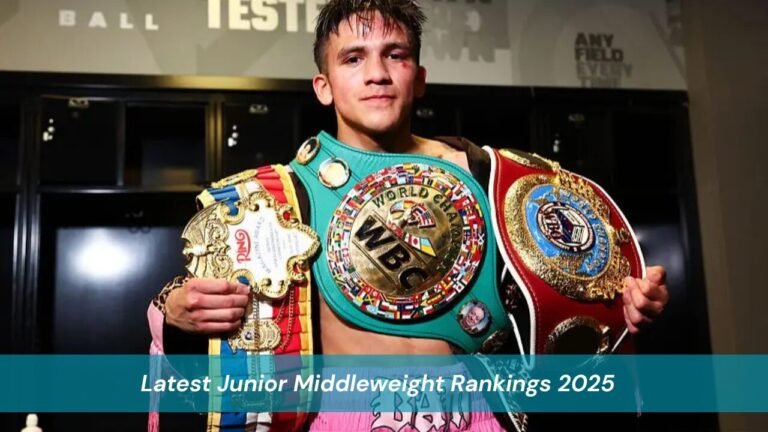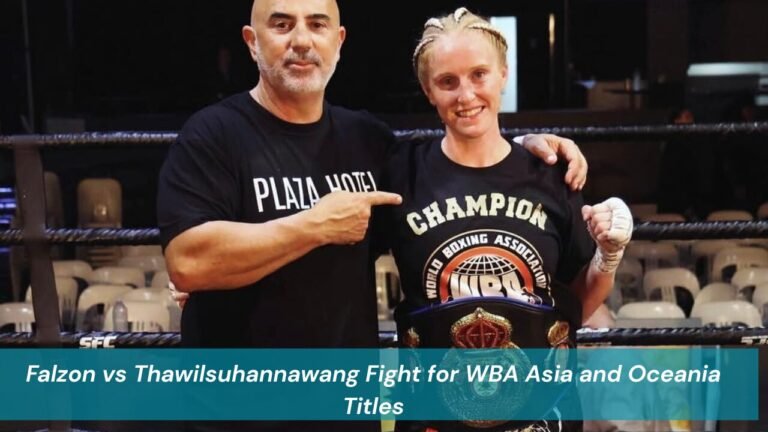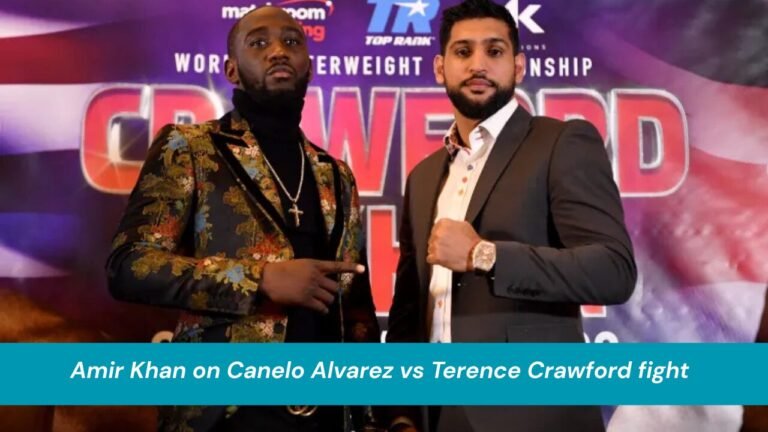Imane Khelif, the Algerian Olympic champion, has never been far from the spotlight. At just 26 years old, she has gone from a small-town athlete training with limited resources to a global name who won gold at the Paris 2024 Games. Yet, her rise has been accompanied by a storm of controversy. Months after becoming Algeria’s first female Olympic boxing gold medalist, Khelif stunned her fans with a glamorous makeover, showing a side of herself that few had seen. While the video of her transformation went viral, her boxing gloves have remained unworn, as she has yet to return to competitive fighting.
Her absence from the ring is not due to injury or lack of desire but because of a gender eligibility dispute that has dominated her career for more than a year. This controversy has placed her at the center of a wider debate about fairness, inclusion, and the future of women’s sport. The story of Imane Khelif is no longer just about Olympic triumph; it has become a case study in how athletes are scrutinized, judged, and defined both inside and outside the ring.
The Early Journey of Imane Khelif
Imane Khelif was born on May 2, 1999, in Aïn Sidi Ali, a modest town in Algeria. Growing up, she did not have access to the modern training facilities or financial support enjoyed by athletes in wealthier nations. Instead, her early development came from a mixture of passion, grit, and determination. Boxing was not an obvious choice for a young woman in her community, but she embraced it with a sense of defiance, determined to carve out her path in a sport dominated by men.
Her progress through the ranks of Algerian boxing was steady but not without difficulty. Limited resources often meant training in subpar conditions, and the cultural perception of women in combat sports presented another hurdle. Still, she pressed forward, representing Algeria in international tournaments and slowly building a reputation as a fierce competitor. Her eventual qualification for the Paris 2024 Olympics was not just a personal achievement but a historic moment for Algerian women’s sport.
Khelif’s Olympic campaign in Paris was nothing short of dominant. Competing in the women’s welterweight category, she displayed a combination of speed, power, and tactical intelligence that overwhelmed her opponents. Her gold medal victory marked the first time an Algerian woman had climbed to the top of the podium in Olympic boxing, cementing her status as a national hero.
The Paris Olympics and the Gender Controversy
Yet even before the Paris Games began, Khelif was already surrounded by speculation. In 2023, the International Boxing Association (IBA) barred her from competing in the Women’s World Championships in India, citing gender eligibility concerns. The decision was vague and fueled rumors about her biological identity.
Reports surfaced that Khelif had failed a gender test, though details remained inconsistent. Some media outlets suggested that tests had shown XY chromosomes, which are typically associated with male biology. However, the International Olympic Committee (IOC) quickly dismissed the IBA’s findings, calling the testing flawed and allowing her to compete in Paris. The IOC defended its decision by affirming that Khelif was registered and eligible under the rules in place.
The controversy exploded during the Games after Khelif defeated Italian boxer Angela Carini in just 46 seconds. Carini left the ring in tears, and critics pointed to the swift victory as supposed proof of an unfair advantage. Supporters countered that boxing matches often end quickly and that Khelif had every right to compete. In a press conference, Khelif was clear: “I am a woman like any other woman. I was born a woman, I lived as a woman, and I competed as a woman.”
After the Games, however, her situation became more complicated. In 2025, new reports emerged citing leaked medical documents that claimed Khelif was “biologically male.” These leaks were widely circulated by international media, though their authenticity and legality remain questionable. Khelif responded by accusing those spreading the claims of defamation, and she filed lawsuits against outlets that published them without verification.
The World Boxing Policy Shift
Following Paris, the newly recognized governing body, World Boxing, introduced a mandatory policy requiring genetic sex testing for all female athletes. Under the new rules, women must undergo Y-chromosome testing to confirm eligibility. For Khelif, this meant an indefinite suspension from sanctioned events until she complied with the policy.
Supporters of the policy argue that it protects fairness and ensures women’s categories remain competitive. Critics, however, see it as discriminatory, intrusive, and a violation of athlete privacy. Human rights organizations have raised concerns that such testing disproportionately impacts athletes from less powerful nations, who may lack legal and institutional support.
Khelif’s case quickly became the centerpiece of the debate. On one side, she was hailed as a victim of systemic bias and invasive regulation. On the other, opponents argued that ignoring the test results risked undermining the integrity of women’s sport. For Khelif personally, the outcome was stark: without passing the test, she could not fight.
The Makeover That Shocked the World
Amid this turbulence, Khelif shifted the conversation with a viral video that captured global attention. The clip showed her in a completely new light—hair styled, wearing makeup and jewelry, and dressed in a feminine floral outfit. For many, it was a startling departure from the fierce, short-haired boxer in headgear and gloves they had seen in the ring.
The makeover was first shared by an Algerian beauty and fashion brand before spreading widely across social media. Some users mistakenly claimed it was a Vogue Arabia cover shoot, a rumor later debunked by fact-checking groups. Regardless, the images resonated with millions, sparking discussions about femininity, representation, and the pressures placed on female athletes under scrutiny.
Supporters praised the makeover as an act of self-expression, interpreting it as Khelif’s way of reclaiming her narrative. Critics dismissed it as an orchestrated move to soften her image in light of the gender controversy. Whatever the motivation, the makeover highlighted that Khelif was not just a boxer but also a young woman navigating identity in the public eye.
Life Beyond the Ring
Though barred from professional competition, Khelif has refused to step away from public life. On social media, she continues to post motivational messages, often addressing resilience and mental strength. In one widely shared post, she reminded her followers that “success is not final, failure is not fatal,” words that many interpreted as a reflection of her own struggles.
She has also taken on a more visible humanitarian role, serving as a UNICEF ambassador focused on youth empowerment and anti-bullying initiatives. By aligning herself with global causes, Khelif has expanded her influence beyond sport and positioned herself as a role model.
At the same time, her legal battles against outlets that she accuses of defamation signal that she is not backing down. Her willingness to fight in court mirrors her determination in the ring, emphasizing that she will not allow her story to be written by others.
The Broader Debate Fairness and Inclusion in Women’s Sport
Imane Khelif’s story has become symbolic of the larger clash between fairness in competition and inclusion for athletes of diverse backgrounds. Supporters of genetic testing argue that without firm rules, women’s sport risks losing its integrity. Opponents counter that reducing womanhood to chromosomes alone is reductive and harmful, ignoring the complex interplay of biology, hormones, and lived experience.
The IOC has acknowledged the need for clearer guidelines, forming a working group to reassess eligibility standards for Los Angeles 2028. Whatever rules emerge will not only impact Khelif but also countless athletes worldwide facing similar scrutiny.
The debate has already reshaped how sports organizations, fans, and the media talk about gender. For Khelif, it has meant carrying a burden much heavier than an Olympic gold medal—the weight of representing a question that remains unresolved.
Looking Ahead What Is Next for Imane Khelif?
Despite everything, Khelif has made it clear that she intends to fight again. Reports suggest she is training privately in Algeria and abroad, preparing for a potential comeback at the Los Angeles 2028 Olympics. She has hinted at the possibility of moving to a higher weight category, closer to 70 kilograms, as part of her long-term plan.
Whether she will be eligible depends on how policies evolve in the coming years. If World Boxing maintains strict genetic testing rules, Khelif’s path back into the ring could remain blocked. If the IOC finds a compromise or introduces new criteria, she may yet have the chance to defend her title.
In the meantime, her transformation from Olympic champion to controversial figure to global influencer shows no signs of slowing. Khelif’s makeover symbolized more than just a change in style; it was a declaration that she will not be confined to one image or one narrative.
FAQs
Why was Imane Khelif disqualified before the Paris Olympics?
She was banned by the IBA in 2023 after a disputed gender test, though the IOC later cleared her to compete.
Has it been proven that Imane Khelif is biologically male?
No verified medical evidence has been publicly confirmed, and Khelif strongly denies the claims.
Why hasn’t she competed since winning gold in Paris?
New World Boxing rules require genetic sex testing, which she has not completed or accepted.
What is she doing now outside of boxing?
She is training privately, working with UNICEF as an ambassador, and pursuing legal action against defamation.
Conclusion
Imane Khelif’s story is as complex as it is inspiring. She began as a determined young athlete in rural Algeria, rose to Olympic glory in Paris, and then found herself at the center of a global gender controversy. Along the way, she has faced scrutiny, judgment, and attacks that could have ended her career. Instead, she continues to fight sometimes in the gym, sometimes in the courts, and always in the court of public opinion.
Her makeover was more than just a viral moment; it was a reminder that she is not defined solely by tests, regulations, or controversies. She is a woman, a champion, and a symbol of resilience in the face of relentless pressure. Whether she returns to the Olympic ring in Los Angeles or not, her impact on the conversation around women’s sport is already undeniable.
Imane Khelif’s journey reflects the challenges of modern athletics, where identity and fairness collide. But it also reminds us of the humanity behind the headlines: a young woman determined to be seen not just as a controversy but as a fighter in every sense of the word.




